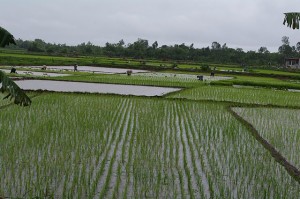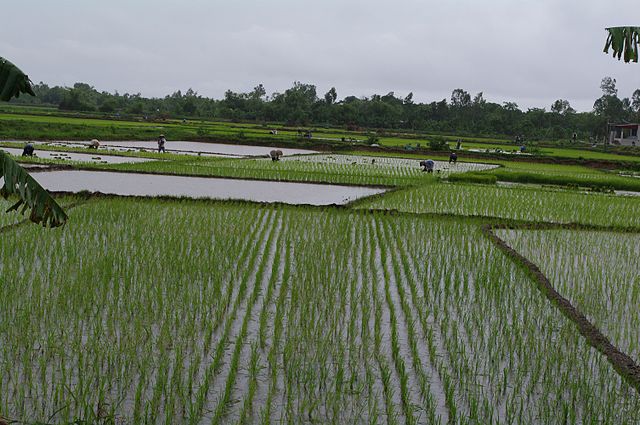 Growth in developing East Asia and Pacific has remained resilient and is expected to ease only modestly during 2016-18, with Southeast Asian economies, particularly Philippines and Vietnam, leading the way, according to a new World Bank report, even as it warned of “elevated risks” to the outlook.
Growth in developing East Asia and Pacific has remained resilient and is expected to ease only modestly during 2016-18, with Southeast Asian economies, particularly Philippines and Vietnam, leading the way, according to a new World Bank report, even as it warned of “elevated risks” to the outlook.
The latest East Asia and Pacific Economic Update projects growth in developing East Asia to ease from 6.5% in 2015 to 6.3% in 2016 and 6.2% in 2017-18. The forecast reflects China’s gradual shift to slower, more sustainable growth, expected to be 6.7% in 2016 and 6.5% in 2017, compared with 6.9% in 2015.
“Developing East Asia and Pacific continues to contribute strongly to global growth. The region accounted for almost two-fifths of global growth in 2015, more than twice the combined contribution of all other developing regions,” said Victoria Kwakwa, incoming World Bank East Asia and Pacific regional vice president.
She added that while the region has benefited from careful macroeconomic policies, including efforts to boost domestic revenue in some commodity-exporting countries, “sustaining growth amid challenging global conditions will require continued progress on structural reforms.”
The update, the World Bank’s comprehensive review of the region’s economies, examines the region’s growth prospects against a challenging backdrop: slow growth in high-income countries, a broad slowdown across emerging markets, weak global trade, persistently low commodity prices, and increasingly volatile global financial markets.
Not including China, the region’s developing countries grew by 4.7% in 2015, and the pace of growth will pick up slightly—to 4.8% in 2016 and 4.9% in 2017-18—driven by growth in the large Southeast Asian economies. However, the outlook for individual countries varies, depending on their trade and financial relationships with high-income economies and China, as well as their dependence on commodity exports.
Among the large developing Southeast Asian economies, the Philippines and Vietnam have the strongest growth prospects, both expected to grow by more than 6% in 2016. In Indonesia, growth is forecast at 5.1% in 2016 and 5.3% in 2017, contingent on the success of recent reforms and implementation of an ambitious public investment program.
Several small economies, including Lao PDR, Mongolia, and Papua New Guinea, will continue to be affected by low commodity prices and weaker external demand. Cambodia’s growth will be slightly below 7% during 2016-18, reflecting weaker prices for agricultural commodities, constrained garment exports, and moderating growth in tourism. In the Pacific Island Countries, growth is likely to remain moderate.
However, developing East Asia and Pacific faces elevated risks, including a weaker-than-expected recovery in high-income economies and a faster-than-expected slowdown in China. “At the same time, policy makers have less room to maneuver in setting macroeconomic policy,” said Sudhir Shetty, chief economist of the World Bank’s East Asia and Pacific Region.
Slower-than-expected global growth could weaken demand and reduce growth in developing East Asia and Pacific, especially among commodity exporters. In addition, the region should be prepared for natural disasters, which pose a substantial risk for Pacific Island countries.
“Countries should adopt monetary and fiscal policies that reduce their exposure to global and regional risks, and continue with structural reforms to boost productivity and promote inclusive growth,” added Shetty.
The report calls for close monitoring of economic vulnerabilities, particularly those associated with high levels of debt, price deflation, and slower growth in China, and high corporate and household debt in some other large economies.
It also calls for continued macroeconomic prudence and sustained structural reform to guard against future external shocks. This is especially important in those economies where growth has been sustained through increased public or private sector borrowing, or where external demand has been supported by the commodities boom.
Photo: Climate and Ecosystems Change Adaptation Research University Network – Agriculture





